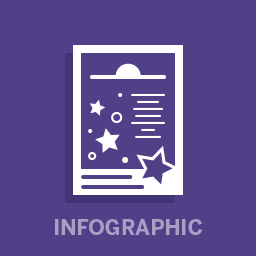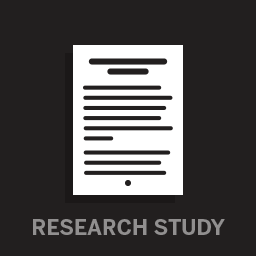FCRR faculty create opportunities for students to disseminate research in variety of ways with all stakeholders, including researchers, educators, clinicians, policy makers, community leaders, families, and caregivers.

Florida Center for Reading Research
2010 Levy Avenue, Suite 100
Tallahassee, FL 32310








